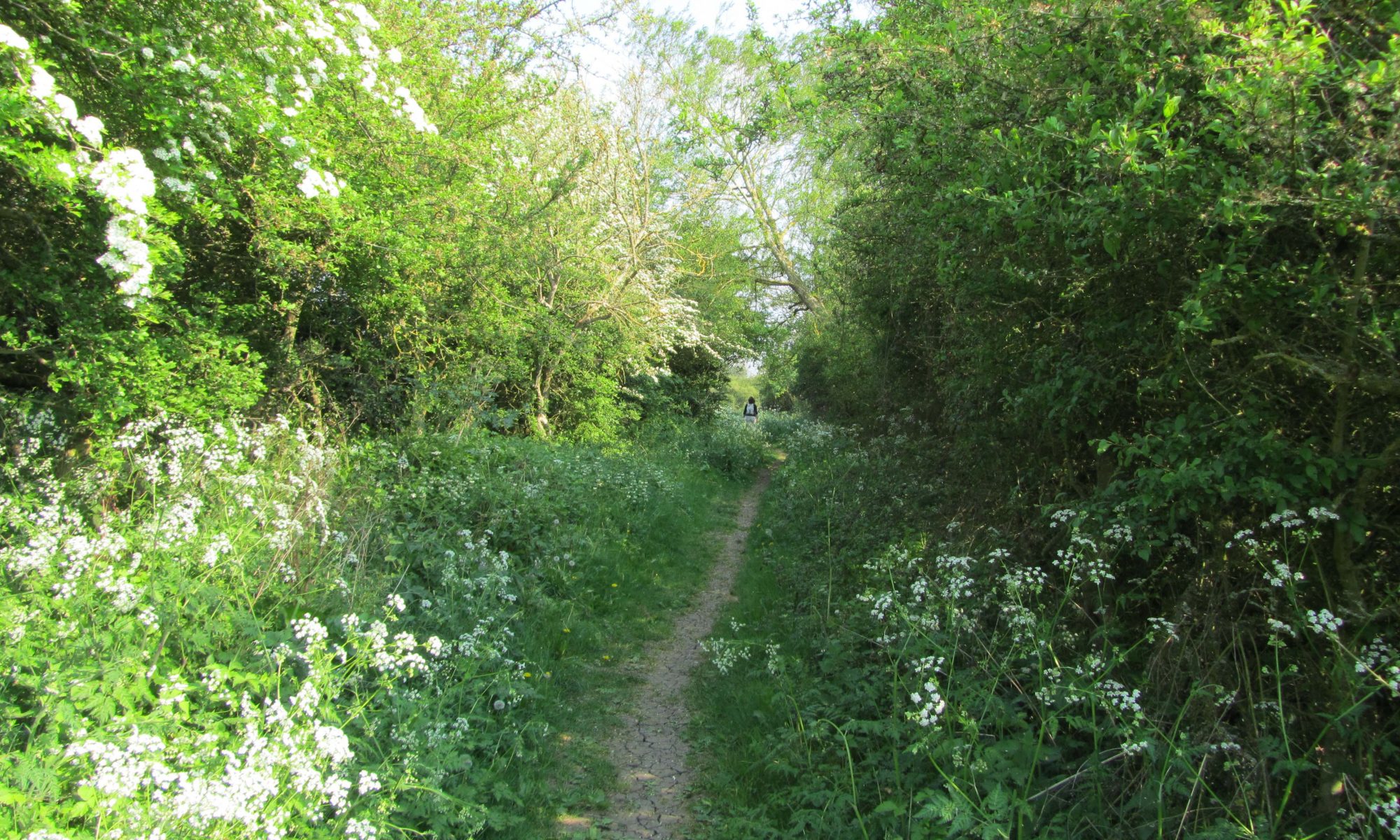“And sturdy grows the nettle
On the place beloved of old”
Neil Munro
Nettles (Urtica dioica) have a firmly held place in British folklore. For most people they are known as stinging or jaggy nettles. Enemy of boys in short trousers and natural barrier to many wild places.
However, if you dig a little deeper you will find that the nettle enjoys a worthier and often forgotten place in our history. The long fibres of the nettle make it an excellent source for making cloth and rope. A Bronze Age burial shroud discovered in Denmark was made of nettle and dates back to 3000 – 2000 BC. Evidence of “primitive” cultures using nettle for nets and sails exists in both Europe and the Americas. More recently it was found that the uniforms of German soldiers, captured during WW1, consisted of up to 85% nettle fibre.
Nettle also makes an excellent colourant, happily giving up its green. It has been used to colour both food and fabric for many centuries. During WW2 the British government procured over 100 tons of nettles to provide the colouring for camouflage. When I first started experimenting with natural soap colourants I had great success with nettle, before opting for the more concentrated hues of spirulina.
The beneficial medical properties of nettle have been documented throughout history. From Hippocrates (460-377 B.C.) and his followers, who described a whopping 61 remedies using nettle, via Galen, Apuleius and Platonicus, the whole Dark Ages and up to 16th century herbalist John Gerard – all have praised the curative powers of the nettle.
Being very rich in iron, magnesium and vitamin C, as well as many other vitamins and minerals, nettles have long been considered as a healthy food item and often used as a tonic when taken as a tea, as well as being eaten as a leafy green similar to spinach.
The practice of urtification, that is beating oneself with bunches of stinging nettles, is thousands of years old and one that is currently enjoying some resurgence. The process is said to promote circulation beneath the skin and has been used, especially in the treatment of joint pain and allergies, by the Romans and native Americans from South America right up to Canada.
Jaggy nettles have a particularly strong connection in Scottish history, with poet, Thomas Campbell, claiming that, “In Scotland, I have eaten nettles, I have slept in nettle sheets, and I have dined off a nettle tablecloth. The young and tender nettle is an excellent potherb. The stalks of the old nettle are as good as flax for making cloth. I have heard my mother say that she thought nettle cloth more durable than any other species of linen.”
Amidst growing interest in traditional herblore, nettle is quickly resuming its place at the table as a valuable and versatile herb. As well as a revival of the practice of urtification, there have been interesting modern studies carried out into the benefits of nettles in treating many medical conditions, including allergic rhinitis, rheumatic complaints, eczema, anemia, bleeding (both internally and externally), and acute arthritis. It is also in demand as a treatment for benign prostate hyperplasia (BPH), high blood pressure, and urinary tract infections as well as a treatment for hay fever and other allergies.
There is also renewed interest in using nettles as a sustainable and effective textile product once again.
Nettles have an excellent reputation as being great for the hair and skin. An application of nettle infused oil, washed off with nettle tea, is a very effective cleaner and conditioner for hair. Nettle based oils, balms and soaps have been used with great success in the treatment of psoriasis and eczema.
We have several repeat customers who use our soap to help with their skin conditions and it is the bar we recommend mostly for those with sensitive skin.
